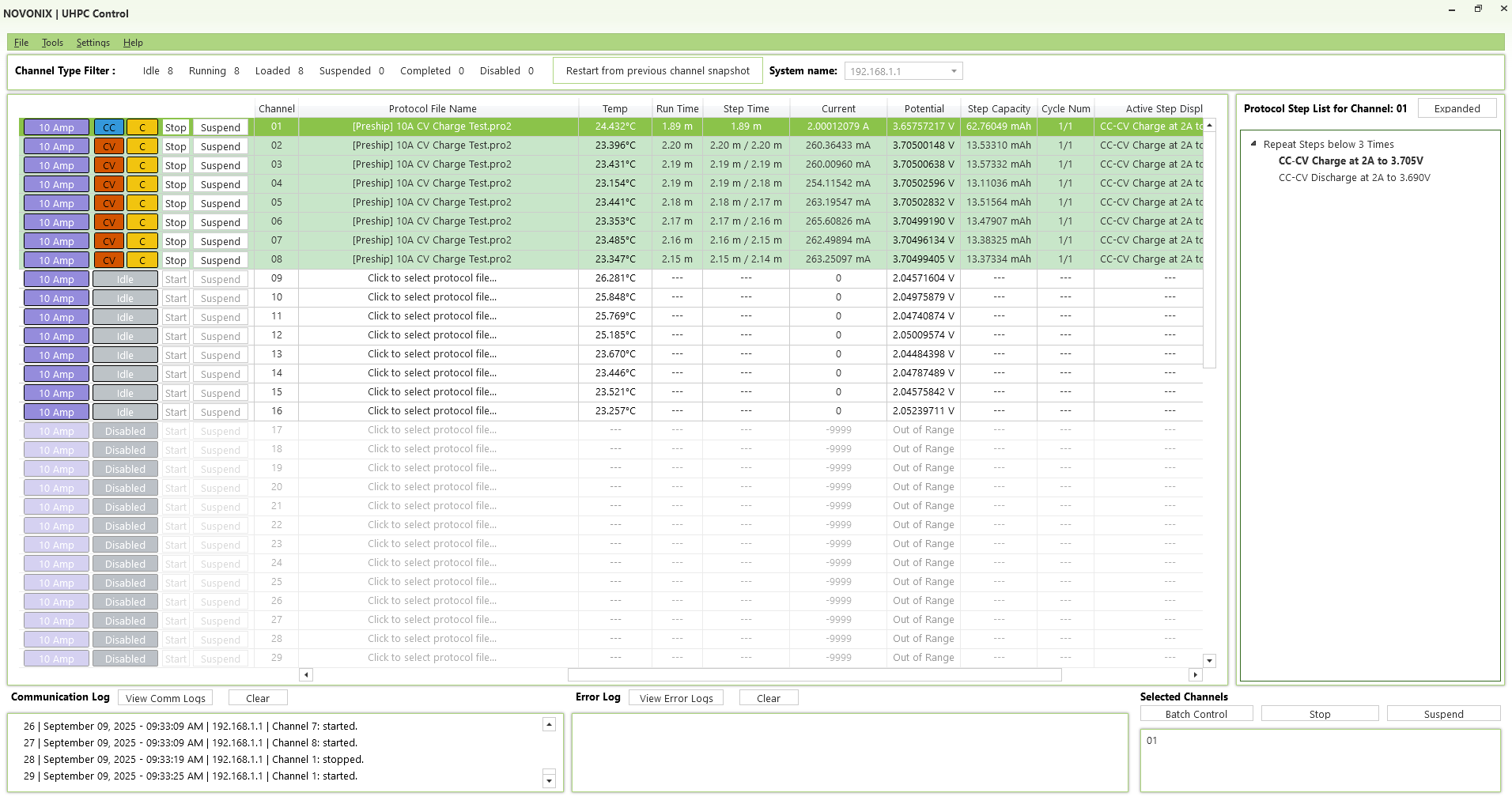Interpreting High Precision Coulometry Results on Li-ion Cells
Smith, A. J.; Burns, J. C.; Xiong, D.; Dahn, J. R. (2011)
Journal of The Electrochemical Society, 158(10), A1136–A1142 https://doi.org/10.1149/1.3625232
Abstract
The High Precision Charger at Dalhousie University can be used to accurately measure the Coulombic Efficiency (CE) and the charge and discharge capacity endpoint slippages per cycle (Δd and Δc, respectively) of Li-ion full cells and Li/electrode half cells. If the CE is not exactly 1.0000 and the endpoints slip then this must be due to parasitic reactions between the electrode materials and the electrolyte in the cell. The various parasitic currents and charges associated with: solid electrolyte interface growth; electrolyte oxidation; transition metal dissolution and positive electrode damage are considered using a Li inventory model. The mathematical relations between the parasitic currents and the measured CE, Δd and Δc are derived. Example data collected on both Li/graphite, Li/LiCoO2 half cells as well as both graphite/LiCoO2 and graphite/LiMn2O4 Li-ion cells are used to illustrate how high precision coulometry results can be used to help elucidate cell degradation mechanisms.
